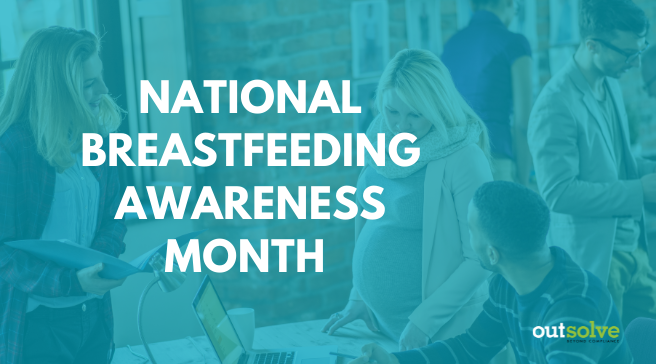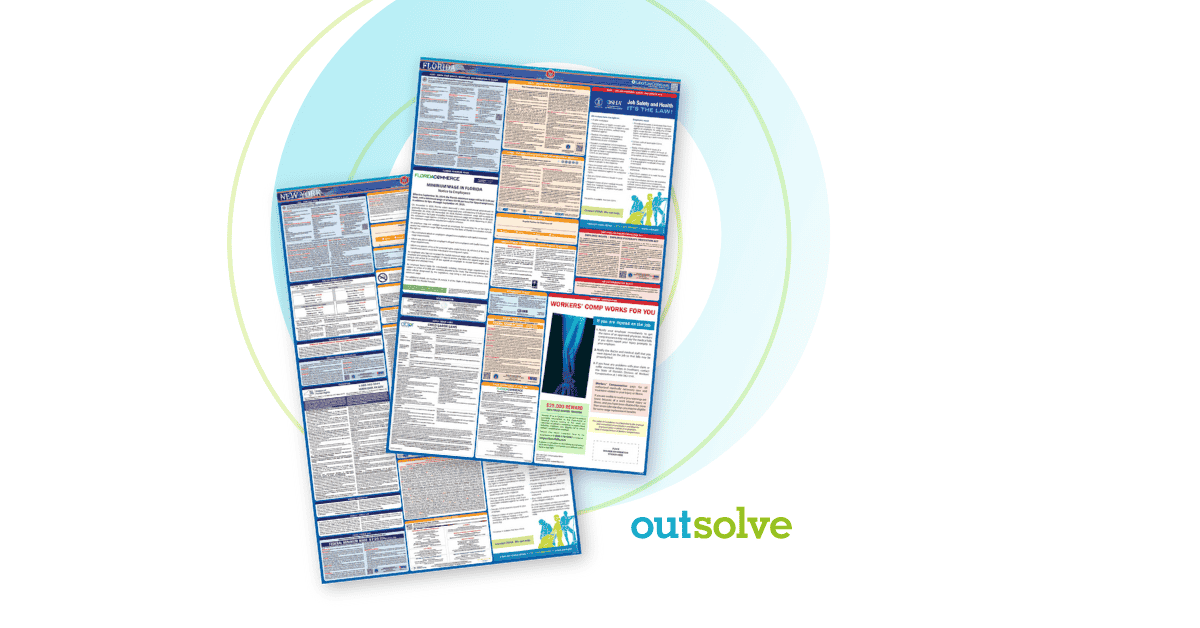
I recently attended a webinar co-sponsored by the Equal Employment Opportunity Commission (EEOC) and the Department of Labor (DOL) regarding breastfeeding. I found out that August is National Breastfeeding Awareness Month. So, I decided to write about pregnancy and lactation.
The Pregnancy Discrimination Act (PDA) was an amendment passed to Title VII of the Civil Rights Act of 1964, as amended (Title VII). The PDA was enacted in 1978 to outline that pregnancy discrimination is covered under Title VII as a form of sex discrimination. Until that time, pregnancy was not specifically covered by the act and many female employees were not afforded the same rights as males and non-pregnant females.
The PDA covers not only pregnancy and childbirth but also related conditions. Lactation is one of the conditions covered by the PDA. As with many areas of the law enforced by EEOC, there is overlap with statutes covered by other Federal agencies as well as both state and local statutes. DOL has specific requirements for employers when it comes to lactation which are covered by the Fair Labor Standards Act (FSLA) and there might also be implications concerning lactation which could be addressed by the Family Medical Leave Act (FMLA).
Under the FSLA, employers must provide a space, other than a restroom, for lactating employees to express their milk. The room must be shielded from view and free from intrusion by co-workers and the public but there is not a specific requirement for where it must be or what kind of private space is necessary. There is also no requirement for there to be electricity in the room or a refrigerator for storing expressed milk. However, there must be a way for the milk to be kept cold during the day, eg, an insulated cooler and a place to store it. Reasonable break times must be provided for lactating mothers under the FSLA. Employers with fewer than 50 employees may have an undue hardship defense under the FSLA if they can show that by providing breaks and/or space would “cause the employer significant difficulty or expense when considered in relation to the size, financial resources, nature or structure of the employer’s business.”
Many of the cases brought to EEOC that relate to lactation are based on harassment or discipline/discharge of the lactating employee. Harassment of the lactating employee may be by management, co-workers or any non-employee. Discipline/discharge may become an issue if the lactating employee is held to a different standard that other employees related to tardiness/attendance.
It is important for companies to plan for the possibility of how a request from a lactating mother will be handled if they have advance notice. Having a discussion with the employee before lactation and a lactation space becomes an issue and trying to come up with solutions that are agreeable to both the employee and company is beneficial to both parties.
As you can see, planning for contingencies is paramount to success in maintaining a productive and efficient workflow. Considering possibilities and working through differences is a key component to resolving any conflict that might arise.
If you have any questions or need additional information, feel free to reach out to me at eeoadvantage@gmail.com or (502) 553-7648. Take care and stay healthy!
Founded in 1998, OutSolve has evolved into a premier compliance-driven HR advisory firm, leveraging deep expertise to simplify complex regulatory landscapes for businesses of all sizes. With a comprehensive suite of solutions encompassing HR compliance, workforce analytics, and risk mitigation consulting, OutSolve empowers organizations to navigate the intricate world of employment regulations with confidence.
Recent Posts
Related Posts

Former DOL Officials Issue Open Letter to Federal Contractors
On April 15, 2025, ten former senior officials from the U.S. Department of Labor (DOL), including past leaders of the Office of Federal Contract...

The Ultimate Guide to Multi-State Labor Law Posters
Human Resources professionals understand how important and challenging it can be to remain updated and compliant with labor laws. This is especially...

Countdown: Final Days of the 90-Day Safe Harbor Period for AAPs
April is here and with that comes the end of the 90-day safe harbor period for federal contractors complying with EO 11246. As April 21, 2025,...


